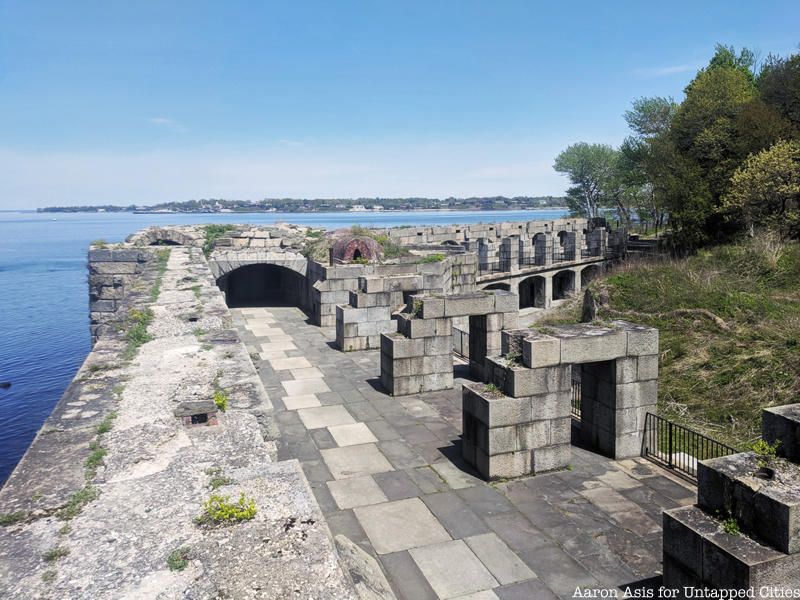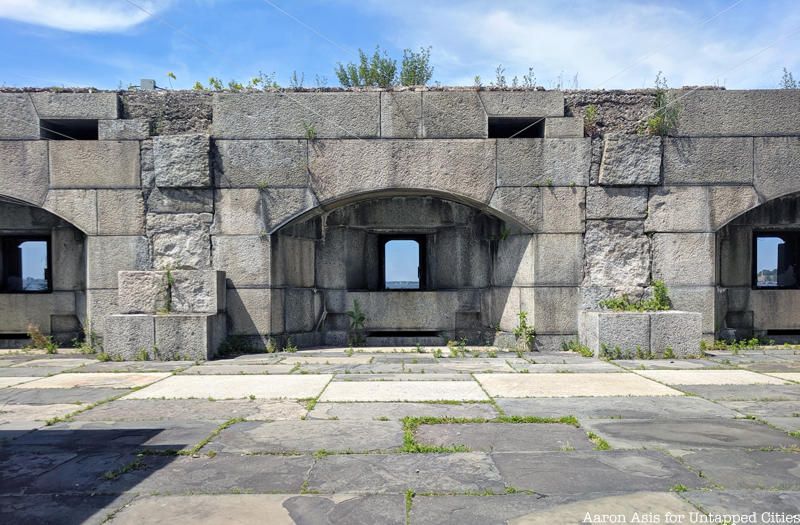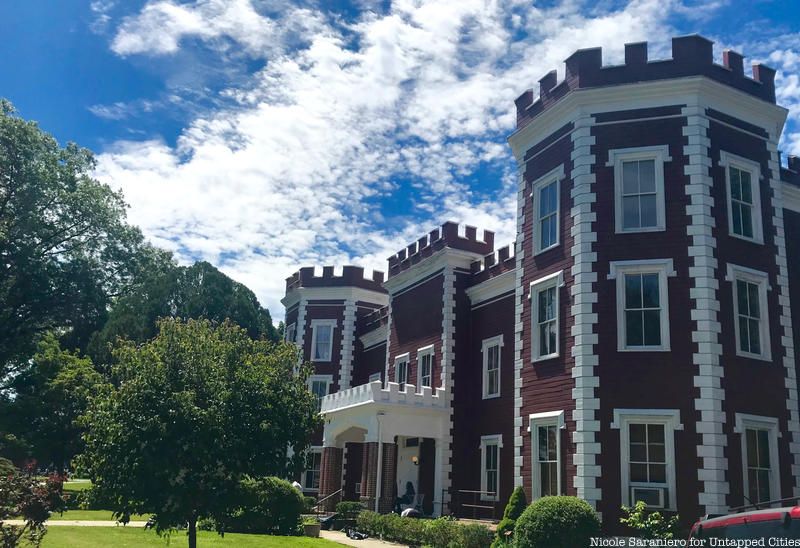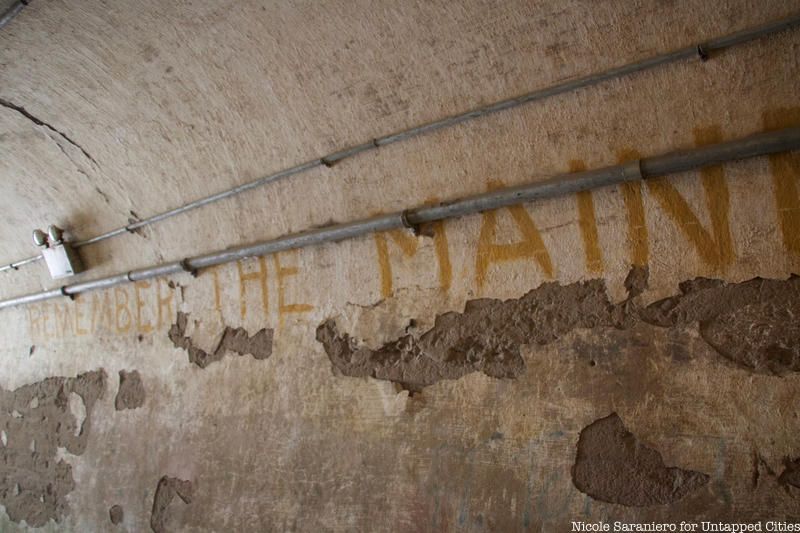100th Anniversary Great Nave Tour at the Cathedral of St. John the Divine
Celebrate the 1925 construction of the stunning nave inside the world's largest Gothic cathedral!


Tucked away on the northeastern edge of Queens is a rare remnant of New York City’s past: Fort Totten. Nearly 100 acres of land on the Willets Peninsula, which was originally inhabited by the Matinecock, was used as a federal military base from the Civil War until the 1980s. In 1984, part of the land was turned over to New York City Parks. Only a small portion of the land is still used by the federal government for the U.S. Army and Coast Guard today. Throughout the park, there are remnants of the site’s former military life, such as an abandoned Civil War-era fort and a decaying early 20th century battery.

On August 28, take a tour of the remnants of Fort Totten in Queens with NYC Park Rangers! Explore the transport tunnel, torpedo magazines, the old Water Battery, the main magazine, and more. Learn about the architecture of the fort, why the fort was built, and how advancements in artillery altered its construction. Discover what became of the military base following the World Wars. Learn about the local wildlife that has flourished in and around the fort. And for those driving: Park in Little Bay parking lot (to the left of the gate) and walk to the Visitors’ Center for the start of the tour. The event is free for Untapped New York Insiders (and get your first month free with code JOINUS).
Perhaps the most iconic structure at Fort Totten is the Water Battery. In 1857 the federal government purchased the land at Fort Totten from the Willets family to add another fort to the system of waterfront defense structures surrounding New York harbor. The new fort would be a sister fort to Fort Schuyler across the East River in the Bronx — there is no tunnel that connects the two despite decades of trying to discover a mythical pathway. Construction of Fort Totten, named after General Joseph Totten, began in in 1862. Traditionally hard and sturdy stones were used that could bear the elements and protect from round cannon balls, but these materials proved inefficient in standing up to new military technology. Work on what should have been a four-story fort was abandoned in 1864 and to this day, the fort stands in an unfinished state.

Beyond the missing stories and roof, solitary arches, and piles of stone, there are also small details that tell the story. Lodged in the wall on the second floor of the battery are two pieces of artillery from test fires. The damage has been left untouched and there are still pieces of the artillery lodged inside, and the artillery permanently halted construction. Despite the construction halt, no battle has ever been fought at Fort Totten.

To get to the Water Battery from the visitor’s center inside Fort Totten today, visitors walk through a long dark tunnel covered in scratched in graffiti, some messages dating back over 100 years. Among the messages is a large painted yellow proclamation that urges people to “Remember the Maine,” in reference to the USS Maine. This tunnel, which runs alongside the torpedo battery, was constructed in 1870. This tunnel was used to carry ammunition into the Main Magazine, a series of tunnels and vaults near the Water Battery.

Fort Totten was also fertile ground for military technology advancement. One of the most significant military technologies to be developed at Fort Totten were electrically guided torpedoes. The Engineer Depot for the eastern United States was established at Willets Point in 1870 — yes there were two Willets Points — and a torpedo school was set up in 1873. The torpedo battery built into the hill was constructed in 1886, the same year as Building 611, which was used as a torpedo laboratory Thomas Edison worked on this technology and developed an electrically controlled torpedo which could be maneuvered on a wire from miles away.
Next, check out 18 of NYC’s Former Military Forts!
Subscribe to our newsletter